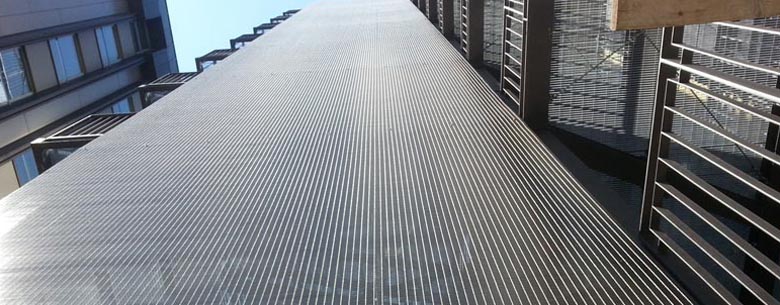Understanding Temporary Livestock Fencing A Practical Guide
In the realm of agriculture and livestock management, securing your animals is a fundamental priority. Temporary livestock fencing has emerged as a practical solution for farmers and ranchers seeking flexibility alongside security. This type of fencing is designed to be easily installed and removed, making it ideal for a variety of settings and purposes.
Understanding Temporary Livestock Fencing A Practical Guide
One of the most significant advantages of temporary fencing is its versatility. Unlike traditional barbed wire or wooden fences, which require substantial labor and time for installation, temporary fencing systems can be set up quickly using lightweight materials. Common options include electric fencing and portable panels made from high-tensile wire, plastic, or metal. These materials allow for easy transport and reconfiguration, adapting to changing needs—be it seasonal grazing or protecting crops from livestock.
temporary livestock fence

Electric fencing, especially, has gained popularity due to its effectiveness in deterring animals while requiring minimal physical barriers. Farmers can set up electrified lines that are easy to move, preventing livestock from wandering into unwanted areas. Furthermore, advancements in solar technology have made electric fencing more accessible, reducing dependency on outdoor power sources.
However, it's crucial to recognize that while temporary fencing offers numerous benefits, it requires diligent management. Regular checks are necessary to ensure the integrity of the fence and to maintain its effectiveness. Loose wiring or damaged posts can lead to livestock escaping, which could have detrimental economic consequences for farmers.
Another consideration is the compatibility of temporary fencing systems with the specific needs of different livestock. For instance, cattle may require sturdier enclosures due to their size and strength, whereas smaller animals like sheep or goats might be adequately contained with lighter materials. Understanding the behavior of the livestock is essential when choosing the appropriate temporary fencing solution.
In conclusion, temporary livestock fencing provides a flexible and efficient alternative to traditional fencing methods. With benefits like easy installation, adaptability for rotational grazing, and diverse material options, it caters to the dynamic needs of modern agriculture. Farmers must remain vigilant in monitoring their fencing setups to ensure the safety and well-being of their livestock. As agricultural practices continue to evolve, temporary fencing stands as a testament to practicality and innovation in livestock management.
-
Why Galvanized Trench Cover Steel Grating Resists Corrosion
NewsJul.10,2025
-
The Versatility and Strength of Stainless Expanded Metal Mesh
NewsJul.10,2025
-
Load Calculations in Steel Grating Platforms
NewsJul.10,2025
-
Keeping Pets and Kids Safe with Chicken Wire Deck Railing
NewsJul.10,2025
-
Hole Diameter and Pitch for Round Perforated Metal Sheets
NewsJul.10,2025
-
Aluminium Diamond Mesh in Modern Architecture
NewsJul.10,2025
Subscribe now!
Stay up to date with the latest on Fry Steeland industry news.

